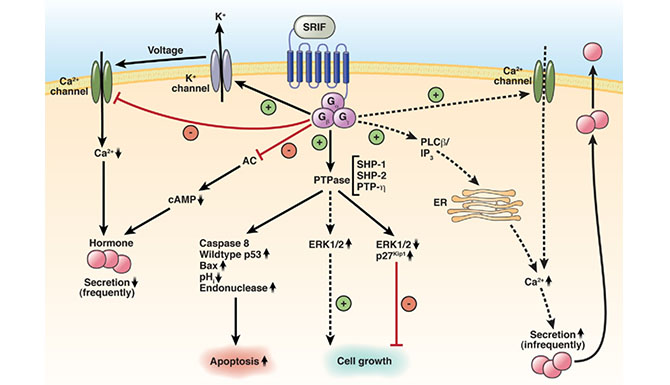Neuroendocrine tumors are tumors that originate from neuroendocrine cells, which are a large group of cells that have a neuroendocrine phenotype in the body and can produce a variety of hormones. Since neuroendocrine cells are distributed throughout the body, neuroendocrine tumors can occur anywhere in the body, but the most common ones are digestive system neuroendocrine tumors such as stomach, intestine and pancreas, accounting for about 2/3 of all neuroendocrine tumors.
The incidence of neuroendocrine tumors in the European and American population is about 2.5–5 per 100,000 population, 5-fold up in the past 30 years. Compared with other tumors, the incidence of neuroendocrine tumors goes up more rapidly.

Neuroendocrine tumors (NETs) are characterized by the expression of hormone receptors on the surface of tumor cells, making them useful in the diagnosis and treatment using radio-labeled peptides.
Peptide receptor scintigraphy and peptide receptor radionuclide therapy using radio-labeled somatostatin receptor (SSTR) agonists have been used successfully in the clinic for the imaging and treatment of neuroendocrine tumors, such as 68Ga or 177Lu-DOTATOC, 68Ga, or 177Lu-DOTATATE, etc. However, our study found that although the radio-labeled SSTR antagonists have little cellular internalization, they have more obvious advantages in imaging. 68Ga or 225Ac-SSTR AA-U05, an SSTR antagonist, enhances peptide receptor imaging and peptide receptor radionuclide therapy of neuroendocrine tumors and provides better imaging and therapeutic strategies for cancers with relatively low SSTR expression.
225Ac-SSTR AA-U05
68Ga-SSTR AA-U05